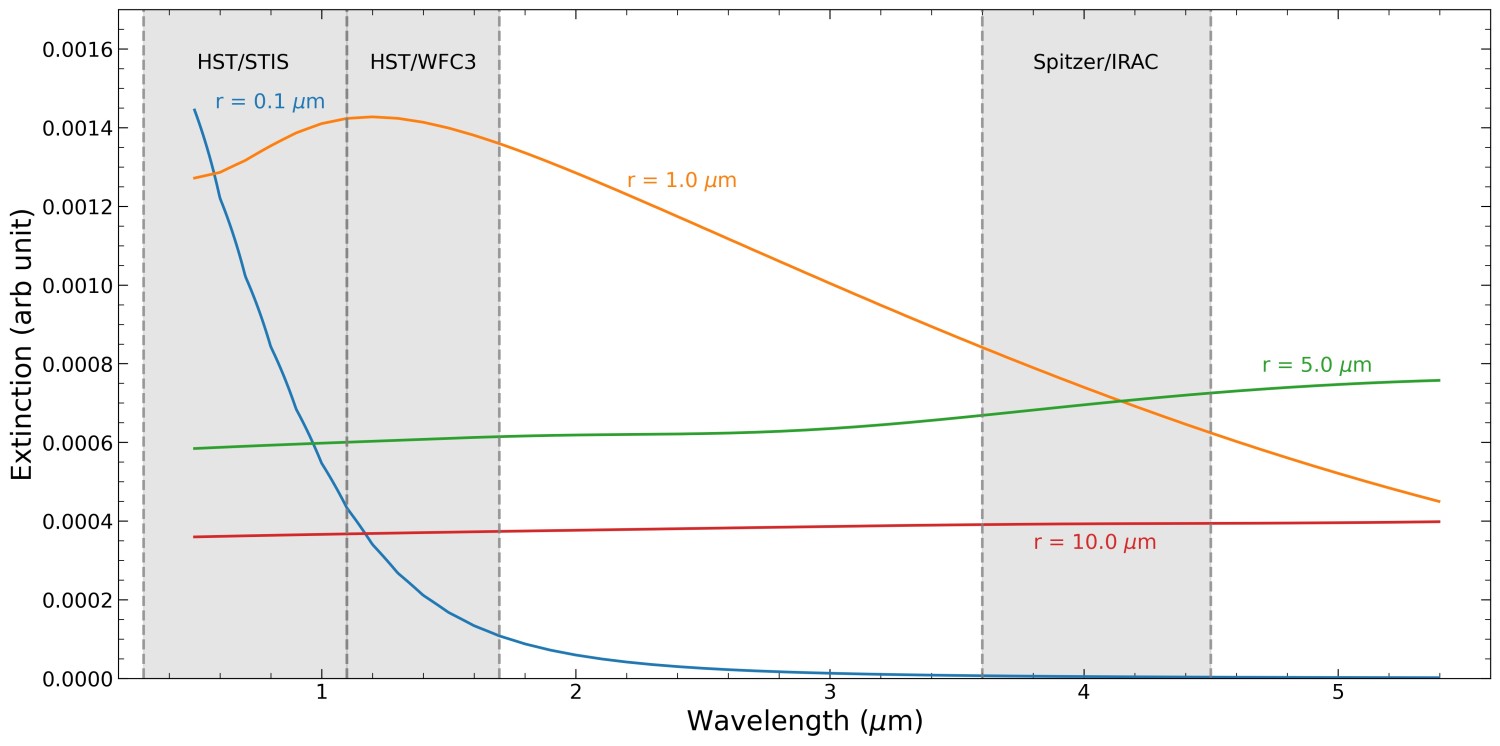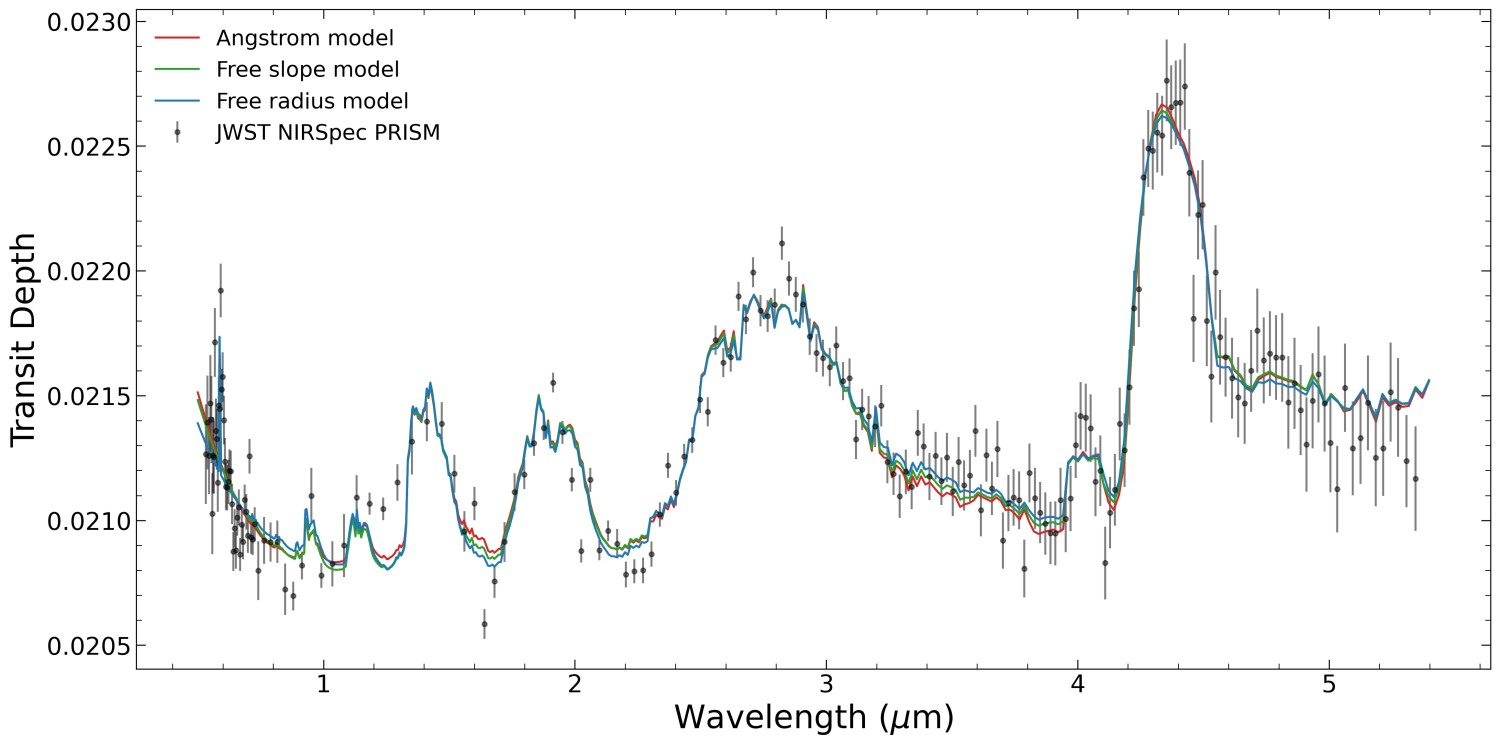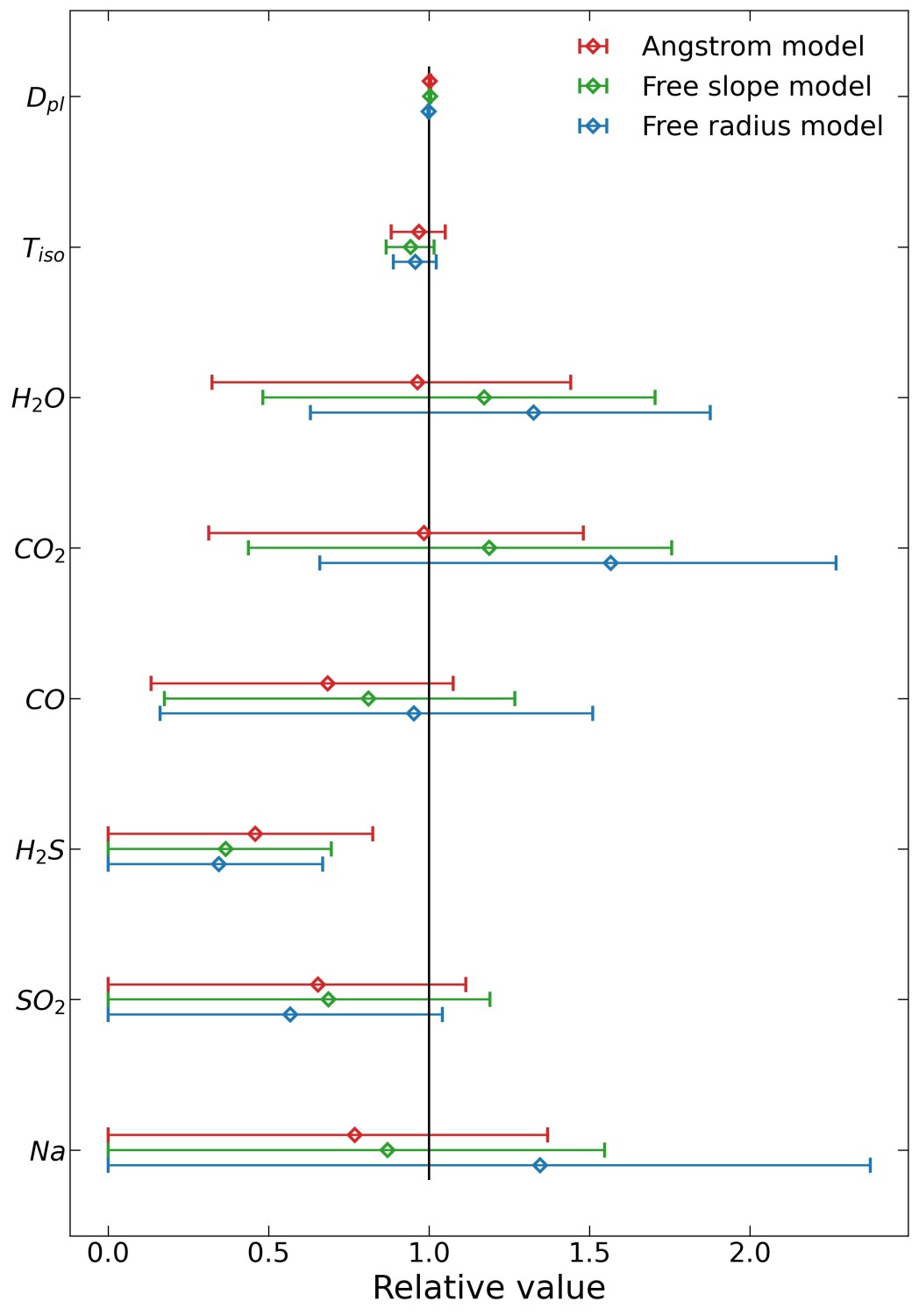WASP-39b cloud properties from JWST transit spectroscopy: a Bayesian analysis.
- Escuela de Ingeniería de Bilbao, Universidad del País Vasco / Euskal Herriko Unibertsitatea, Bilbao, Spain (juan.roy@ehu.eus)
Almost all of the detected hot Jupiters present clouds and hazes in their atmospheres. These ensembles of aerosols play an important role during primary transits blocking the stellar flux transmitted through the outer atmosphere of exoplanets, thus having an important influence on transmitted planetary spectra.
Transmission spectra are very sensitive to the presence of clouds in the exoplanet atmospheres (Fortney, 2005). Depending on their size, aerosols can leave smooth effects on the observed spectra. Sometimes, cloud opacity can hide the spectral signature of different molecules that would be otherwise imprinted in the signal. When clouds become optically thick, they block all the flux that would cross the levels below them, similarly to a solid surface (Benneke & Seager, 2012). Thus, a good understanding of the properties of the aerosols in exoplanets is essential to understand their gaseous envelopes.
Prior to James Webb Space Telescope (JWST) observations, spectral range was relatively limited and only combining different data sources, such as Hubble and Spitzer, it was possible to cover a big enough spectral range to reveal the smooth aerosol spectral signatures. For simplicity, most of the previous studies assumed flat or Rayleigh-like cloud opacities. Figure 1 allows checking that these simplifications were valid enough for the spectral ranges covered by the Hubble Space Telescope (HST). Nevertheless, recent JWST/NIRSpec data with its wider spectral range are a game changer allowing disentanglement of gaseous absorptions and cloud extinctions.

Figure 1: Simulated extinction for spherical aerosols of different radius distributions all over the complete spectral range of JWST/NIRSpec-PRISM. HST/STIS, HST/WFC3 and Spitzer/IRAC spectral ranges are delimited by grey background for comparisons. Note how some combinations of sizes and instruments would be indistinguishable from a flat extinction curve.
In this work, we have studied the cloud properties of planet WASP-39b using the spectra of the primary transit obtained with JWST/NIRSpec (Rustamkulov et al., 2023). To do so, we have implemented a nested-sampling Bayesian approach, which has become popular for the atmospheric retrievals during the last decade (Benneke & Seager, 2012; Fisher & Heng, 2018). This framework does not just allow fitting the parameters of a certain model, but it also allows selecting which is the best model for fitting the data observed among a set, each one with a variety of atmospheric parameters and assumptions through Bayesian evidence.
We tested a number of vertical distribution parameterisations found in the literature (Barstow, 2020). Following the Occam’s razor reasoning, for Bayesian evidences being equal, we favor models with the lesser number of free parameters. In our study, we find that a model with a semi-infinite bottom cloud and a clear atmosphere above is the best option, while there are many similarities between the retrieved parameters for all cases (e.g., similar cloud top pressures).
Then, we have studied the effect that the aerosol extinction shape has on the observed spectra. We again tested a number of extinction models and compared their Bayesian evidences. In this case, in spite of all of them achieving good fits (see figure 2), realistic simulations of a complex cloud extinction dependence with wavelength are preferred versus models assuming simpler wavelength dependencies. Extinction produced by big sized aerosols with an opacity growing with wavelength fits better the observed data and it seems to be a robust conclusion from different competing models.

Figure 2: Best fitted spectra for some cloud extinction models. Observational data are shown as black/grey dots with error bars.
These results also have an impact on the retrieved molecular abundances (see figure 3) suggesting possible overestimations of some chemical species or even calling into question the detection of some of them, as proposed in Lueber et al., 2024.

Figure 3: Values retrieved for some atmospheric parameters when using different models relative to a flat model retrieval.
References
Barstow, J. K. 2020, MNRAS, 497, 4183
Benneke, B. & Seager, S. 2012, ApJ, 753, 100
Fisher, C. & Heng, K. 2018, Monthly Notices of the Royal Astronomical Society, 481, 4698
Fortney, J. J. 2005, Monthly Notices of the Royal Astronomical Society, 364, 649
Lueber, A., Novais, A., Fisher, C. and Heng, K., arXiv:2405.02656.
Rustamkulov, Z., Sing, D. K., Mukherjee, S., et al. 2023, Nature, 614, 659
How to cite: Roy Perez, J., Pérez Hoyos, S., Barrado Izagirre, N., and Chen Chen, H.: WASP-39b cloud properties from JWST transit spectroscopy: a Bayesian analysis., Europlanet Science Congress 2024, Berlin, Germany, 8–13 Sep 2024, EPSC2024-652, https://doi.org/10.5194/epsc2024-652, 2024.